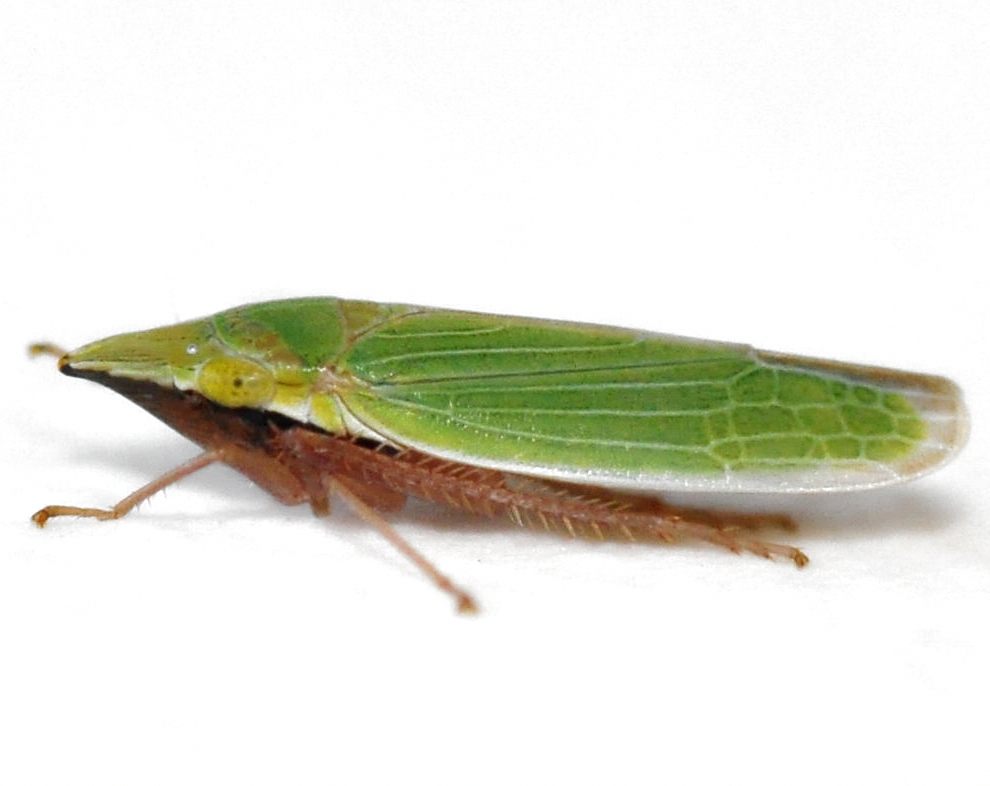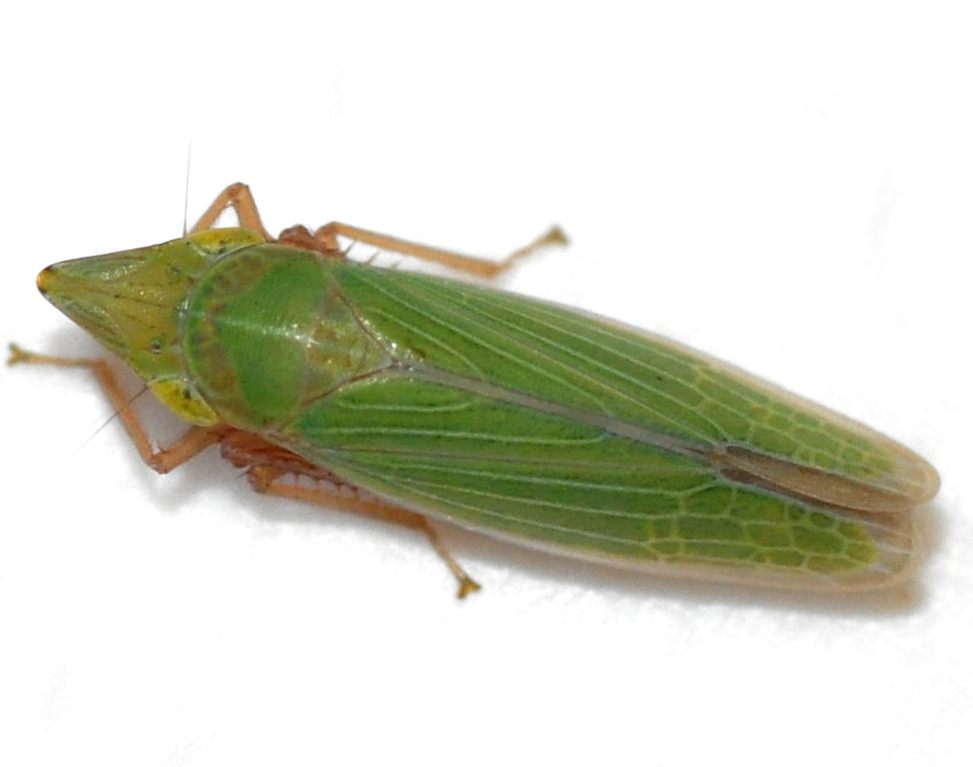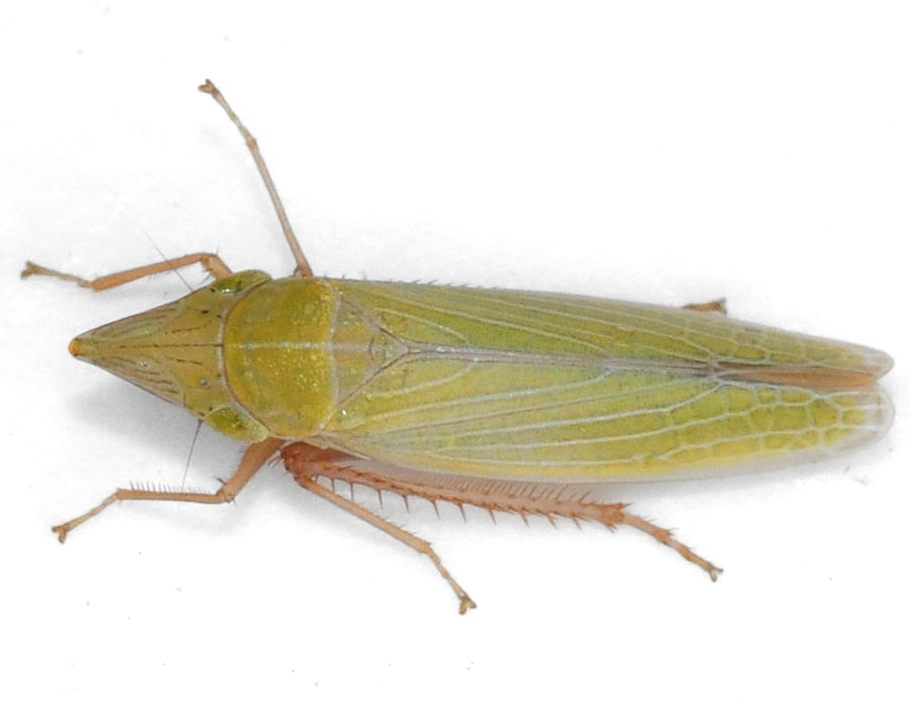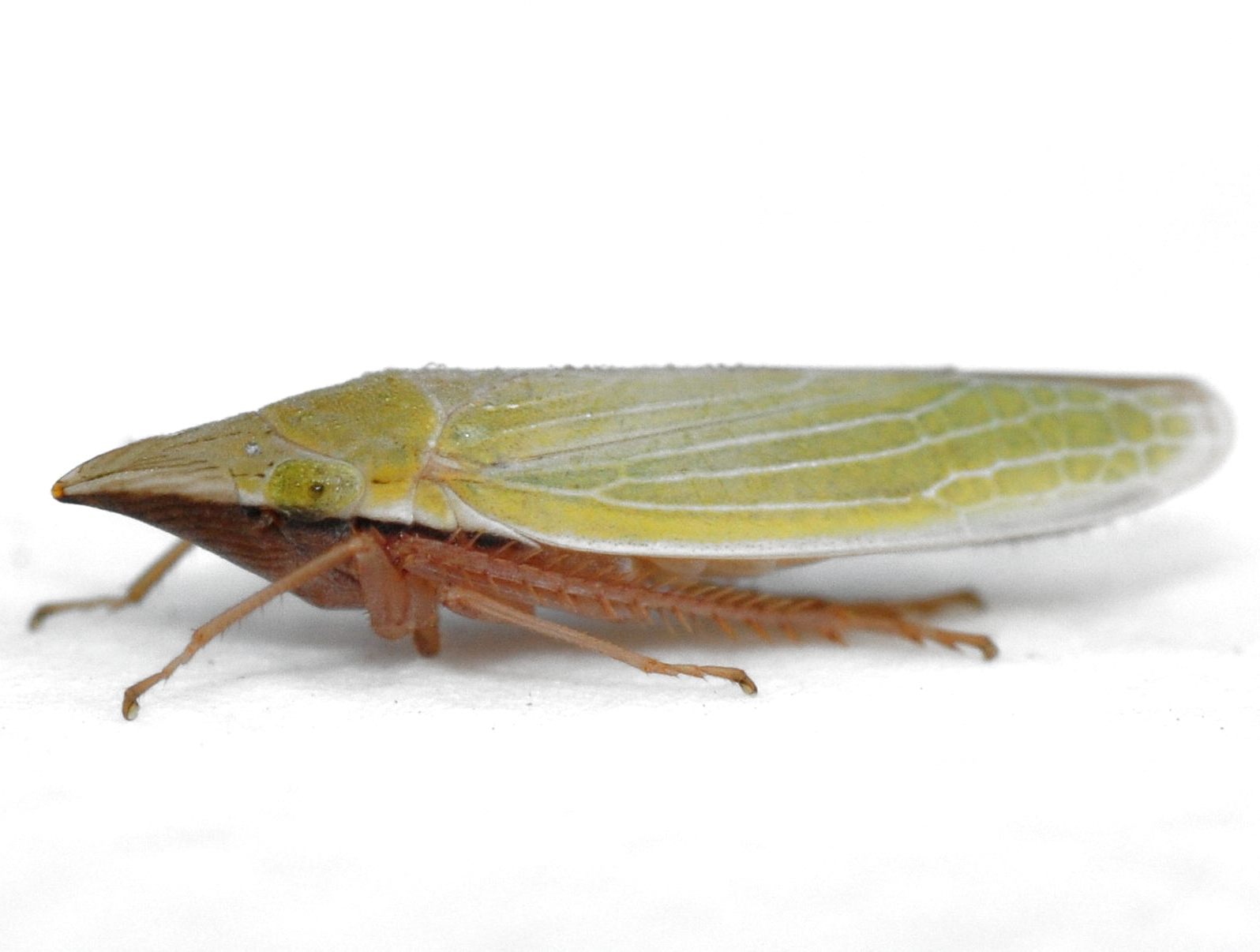| comments |
The blue form in this species (and other Draeculacephalas) is very rare.
D. antica is one of several Draeculacephala that occur in North Carolina that can be quite challenging to distinguish from each other. It is very important to make sure that detailed, clear photos are taken for many of these challenging species, showing side profile and underside shots (to determine sex). Obtaining a measurement of the specimen can also be very crucial. Below are some features that can help distinguish the challenging Draeculacephalas from one another.
antica- pale underside, face can be a little dark; forewing veins whitish. Male (6.1 or 6.3-7.7 mm), Female (6.0, 7.3-8.6 mm); head edged with bold black line; head slightly downcurved; dark brown markings on the mesosterna just behind the front coxae- these are absent in constricta, which is otherwise very similar
bradleyi- females and male have a black face, venter is pale brownish (lighter in males, darker in females). Male (less than 6.6 mm), Female (less than 8.0 mm)
constricta- lacks blue pigment on wing veins and pronotum, yellow face and venter; black line edging on side of head not as bold as antica. Male (less than 6.6mm), Female (less than 8.0 mm)
mollipes- yellow face, yellow venter; black line edging not as bold as antica. Blue pigment on some veins and usually on pronotal lines; resembles a smaller version of robinsoni. Male (less than 6.6 mm), Female (less than 8.0 mm)
portola- resembles robinsoni, but has inflated face profile; larger than most robinsoni, male (~8.1 mm), female (9.9-10.6 mm) but lacks the blue pigmentation on veins and pronotum that robinsoni has; strictly coastal, rare
robinsoni- blue pigmentation on the pronotum and forewing venation; male abdomen usually mostly dark brown ventrally; male with crown shorter than or subequal in length to pronotum, female crown noticeably longer; abdominal sterna color extremely variable, typically entirely brown with various amounts of yellow; ranges from yellowish or yellowish-brown to blackish. Males much darker ventrally than females, sometimes blackish underneath. Males (6.5-8.2 mm) Females (8.0-10.5 mm) |
Species Photo Gallery for Draeculacephala antica No Common Name |
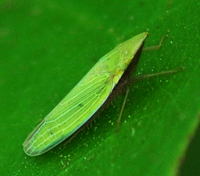 | Photo by: Kyle Kittelberger, Brian Bockhahn
Rockingham Co.
Comment: perching on a leaf in open forest/pond edge | 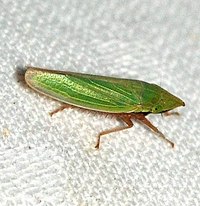 | Photo by: Paul Scharf
Warren Co.
Comment: Attracted to Black Light |
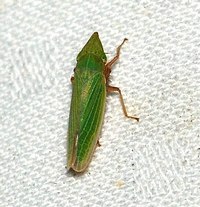 | Photo by: Paul Scharf
Warren Co.
Comment: Attracted to Black Light | 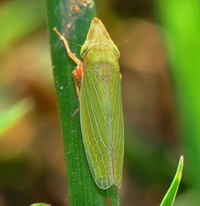 | Photo by: Kyle Kittelberger, Paul Scharf
Wake Co.
Comment: grassy habitat |
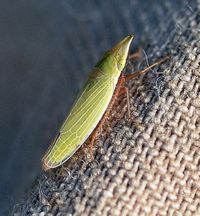 | Photo by: Paul Scharf
Warren Co.
Comment: Caught sweeping | 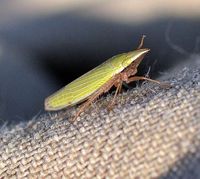 | Photo by: Paul Scharf
Warren Co.
Comment: Caught sweeping |
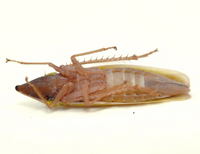 | Photo by: Kyle Kittelberger, Brian Bockhahn
Orange Co.
Comment: Riverine edge, grassy/brushy habitat | 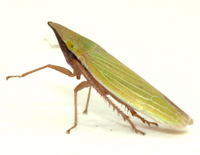 | Photo by: Kyle Kittelberger, Brian Bockhahn
Orange Co.
Comment: Riverine edge, grassy/brushy habitat. Female |
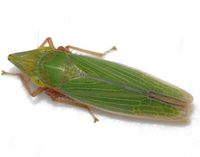 | Photo by: Kyle Kittelberger, Brian Bockhahn, Paul Scharf
Vance Co.
Comment: Found in grassy field/forest edge habitat | 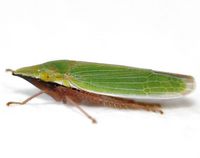 | Photo by: Kyle Kittelberger, Brian Bockhahn, Paul Scharf
Vance Co.
Comment: Found in grassy field/forest edge habitat |
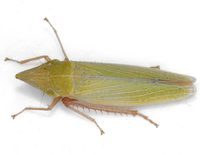 | Photo by: Kyle Kittelberger, Brian Bockhahn, Paul Scharf
Surry Co.
Comment: grassy, brushy habitat near forest edge | 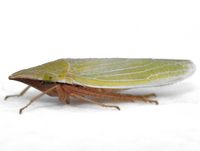 | Photo by: Kyle Kittelberger, Brian Bockhahn, Paul Scharf
Surry Co.
Comment: grassy, brushy habitat near forest edge |
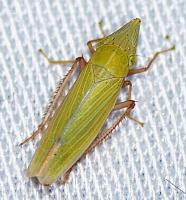 | Photo by: Paul Scharf
Warren Co.
Comment: Attracted to light | 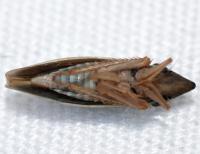 | Photo by: Kyle Kittelberger, Paul Scharf, Brian Bockhahn
Rockingham Co.
Comment: attracted at night with a light; at least 1 blue individual as well; A. Hamilton \"These sky-blue specimens (when live) are very pretty and very, very rare – I have taken only 2, both together at one site in VT. They lose the intensity when dead. The European Cicadella viridis is a distant relative, and it is more frequently blue.\" |
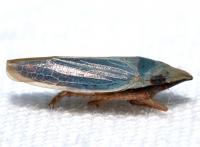 | Photo by: Kyle Kittelberger, Paul Scharf, Brian Bockhahn
Rockingham Co.
Comment: attracted at night with a light; at least 1 blue individual as well; A. Hamilton "These sky-blue specimens (when live) are very pretty and very, very rare – I have taken only 2, both together at one site in VT. They lose the intensity when dead. The European Cicadella viridis is a distant relative, and it is more frequently blue." | 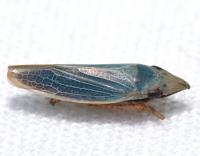 | Photo by: Kyle Kittelberger, Paul Scharf, Brian Bockhahn
Rockingham Co.
Comment: attracted at night with a light; at least 1 blue individual as well; A. Hamilton "These sky-blue specimens (when live) are very pretty and very, very rare – I have taken only 2, both together at one site in VT. They lose the intensity when dead. The European Cicadella viridis is a distant relative, and it is more frequently blue." |
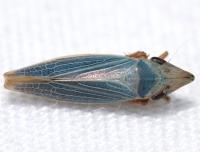 | Photo by: Kyle Kittelberger, Paul Scharf, Brian Bockhahn
Rockingham Co.
Comment: attracted at night with a light; at least 1 blue individual as well; A. Hamilton "These sky-blue specimens (when live) are very pretty and very, very rare – I have taken only 2, both together at one site in VT. They lose the intensity when dead. The European Cicadella viridis is a distant relative, and it is more frequently blue." | 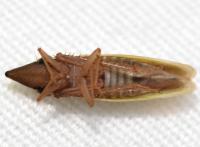 | Photo by: Kyle Kittelberger, Paul Scharf, Brian Bockhahn
Rockingham Co.
Comment: attracted at night with a light |
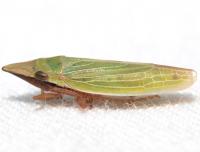 | Photo by: Kyle Kittelberger, Paul Scharf, Brian Bockhahn
Rockingham Co.
Comment: attracted at night with a light | 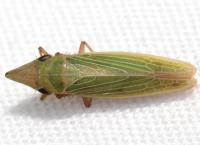 | Photo by: Kyle Kittelberger, Paul Scharf, Brian Bockhahn
Rockingham Co.
Comment: attracted at night with a light |
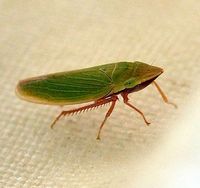 | Photo by: Bockhahn, Scharf
Burke Co.
Comment: LAJA - 2014 BioBlitz Attracted to Light | 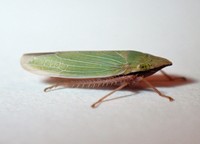 | Photo by: Rob Van Epps
Mecklenburg Co.
Comment: Grassy, open area. |
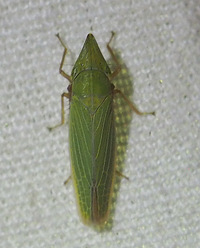 | Photo by: R Emmitt
Orange Co.
Comment: moth lights. - unid_treehopper | 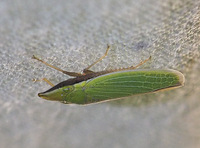 | Photo by: R Emmitt
Orange Co.
Comment: moth lights. - unid_treehopper |
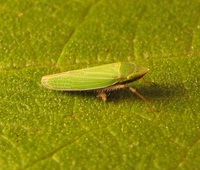 | Photo by: Ken Kneidel
Mecklenburg Co.
Comment: 7.1mm, collected during sweep of overgrown retention area | 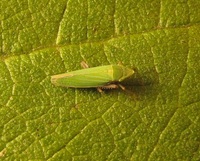 | Photo by: Ken Kneidel
Mecklenburg Co.
Comment: 7.1mm, collected during sweep of overgrown retention area |
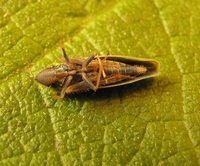 | Photo by: Ken Kneidel
Mecklenburg Co.
Comment: 7.1mm, collected during sweep of overgrown retention area | 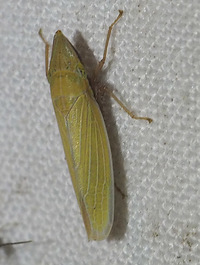 | Photo by: Randy L Emmitt
Orange Co.
Comment: UV light. Seems to have several different Draeculacephala, hope to sort them out. |
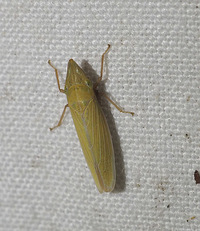 | Photo by: Randy L Emmitt
Orange Co.
Comment: UV light. Seems to have several different Draeculacephala, hope to sort them out. | 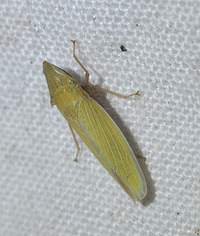 | Photo by: Randy L Emmitt
Orange Co.
Comment: a bit on the yellow side? - unid_leafhopper |
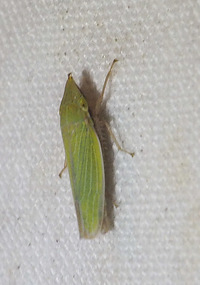 | Photo by: Randy Emmitt
Orange Co.
Comment: Male 6.5 mm long took specimen to confirm. | 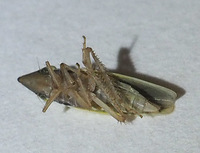 | Photo by: Randy Emmitt
Orange Co.
Comment: Male 6.5 mm long took specimen to confirm. |
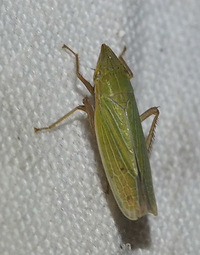 | Photo by: Randy Emmitt
Orange Co.
Comment: uv light. Moved sideways most of the time. And it was short and stocky for a Draeculacephala. - unid_leafhopper | 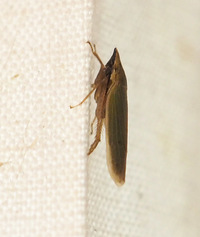 | Photo by: Randy Emmitt
Orange Co.
Comment: uv light. Moved sideways most of the time. And it was short and stocky for a Draeculacephala. - unid_leafhopper |
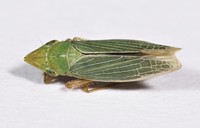 | Photo by: Rob Van Epps
Mecklenburg Co.
Comment: Caught sweeping in a grassy field. | 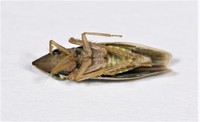 | Photo by: Rob Van Epps
Mecklenburg Co.
Comment: Caught sweeping in a grassy field. |
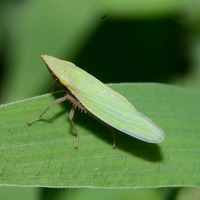 | Photo by: Margarita Lankford
Orange Co.
Comment: https://www.inaturalist.org/observations/31209241 | 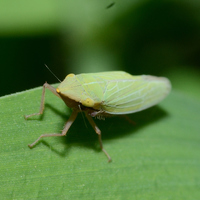 | Photo by: Margarita Lankford
Orange Co.
Comment: https://www.inaturalist.org/observations/31209241 |
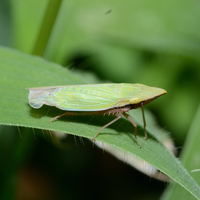 | Photo by: Margarita Lankford
Orange Co.
Comment: https://www.inaturalist.org/observations/31209241 | 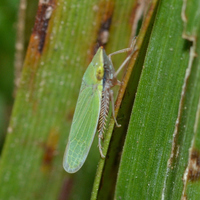 | Photo by: Margarita Lankford
Orange Co.
Comment: https://www.inaturalist.org/observations/32733220 |
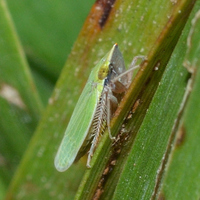 | Photo by: Margarita Lankford
Orange Co.
Comment: https://www.inaturalist.org/observations/32733220 | 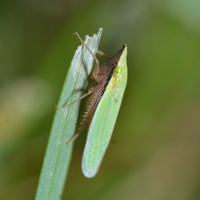 | Photo by: Margarita Lankford
Orange Co.
Comment: https://www.inaturalist.org/observations/49981108 |
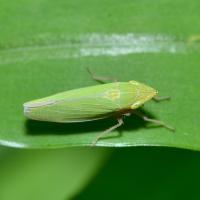 | Photo by: Margarita Lankford
Swain Co.
Comment: https://www.inaturalist.org/observations/52744541 | 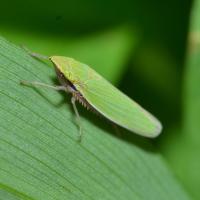 | Photo by: Margarita Lankford
Swain Co.
Comment: https://www.inaturalist.org/observations/52744541 |
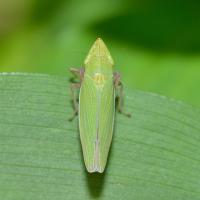 | Photo by: Margarita Lankford
Swain Co.
Comment: https://www.inaturalist.org/observations/52744541 | 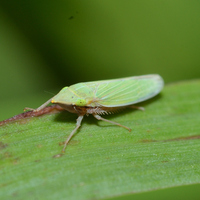 | Photo by: Margarita Lankford
Orange Co.
Comment: https://www.inaturalist.org/observations/55736378 |
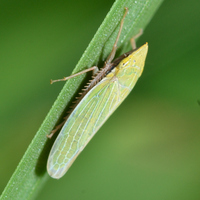 | Photo by: Margarita Lankford
Orange Co.
Comment: https://www.inaturalist.org/observations/57489828 | 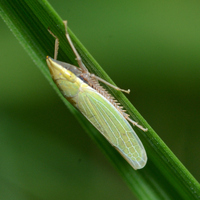 | Photo by: Margarita Lankford
Orange Co.
Comment: https://www.inaturalist.org/observations/57489828 |
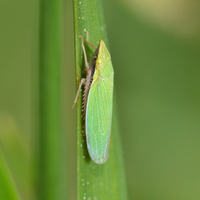 | Photo by: Margarita Lankford
Chatham Co.
Comment: https://www.inaturalist.org/observations/73979056 | 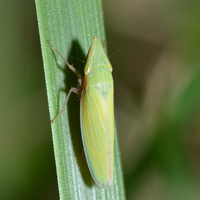 | Photo by: Margarita Lankford
Orange Co.
Comment: https://www.inaturalist.org/observations/83075150 |
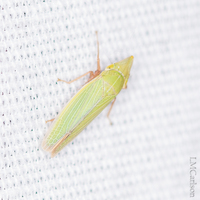 | Photo by: Lior Carlson
Orange Co.
Comment: | 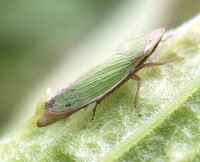 | Photo by: Ted Wilcox
Watauga Co.
Comment: unid_leafhopper |
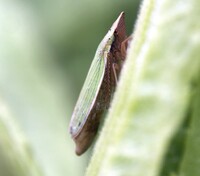 | Photo by: Ted Wilcox
Watauga Co.
Comment: unid_leafhopper | 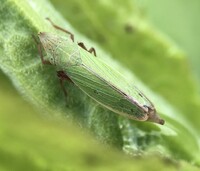 | Photo by: Ted Wilcox
Watauga Co.
Comment: unid_leafhopper |
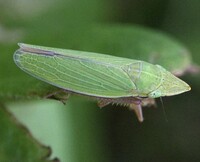 | Photo by: Ted Wilcox
Watauga Co.
Comment: unid_leafhopper | 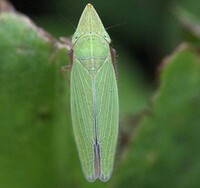 | Photo by: Ted Wilcox
Watauga Co.
Comment: unid_leafhopper |
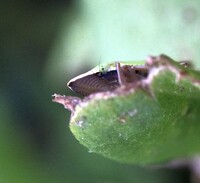 | Photo by: Ted Wilcox
Watauga Co.
Comment: unid_leafhopper | 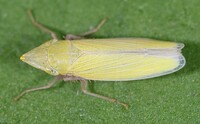 | Photo by: Rob Van Epps
Mecklenburg Co.
Comment: Caught sweeping. Appears to be a Strepsipteran parasitizing this individual (embedded in a segment on the underside). |
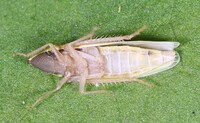 | Photo by: Rob Van Epps
Mecklenburg Co.
Comment: Caught sweeping. Appears to be a Strepsipteran parasitizing this individual (embedded in a segment on the underside). | 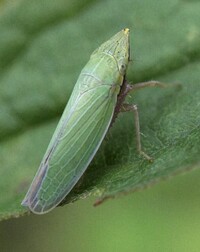 | Photo by: Ted Wilcox
Watauga Co.
Comment: unid_leafhopper |
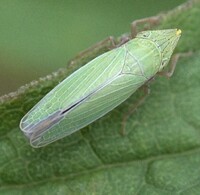 | Photo by: Ted Wilcox
Watauga Co.
Comment: unid_leafhopper | 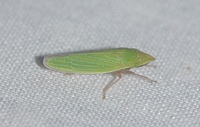 | Photo by: K. Bischof
Transylvania Co.
Comment: GORG |
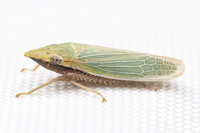 | Photo by: Solomon Hendrix
Wake Co.
Comment: attracted to UV light |  | Photo by: K. Bischof
Transylvania Co.
Comment: GORG |
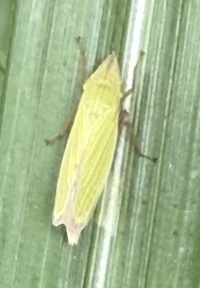 | Photo by: Marilyn Westphal
Henderson Co.
Comment: | 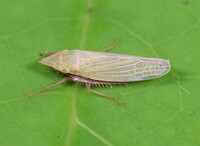 | Photo by: Rob Van Epps
Iredell Co.
Comment: Caught sweeping in grassy, weedy area. |
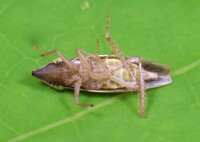 | Photo by: Rob Van Epps
Iredell Co.
Comment: Caught sweeping in grassy, weedy area. |  | Photo by: Jim Petranka and Becky Elkin
Madison Co.
Comment: |
 | Photo by: Jim Petranka and Becky Elkin
Madison Co.
Comment: |  | Photo by: Jim Petranka and Becky Elkin
Madison Co.
Comment: |
|

 »
»